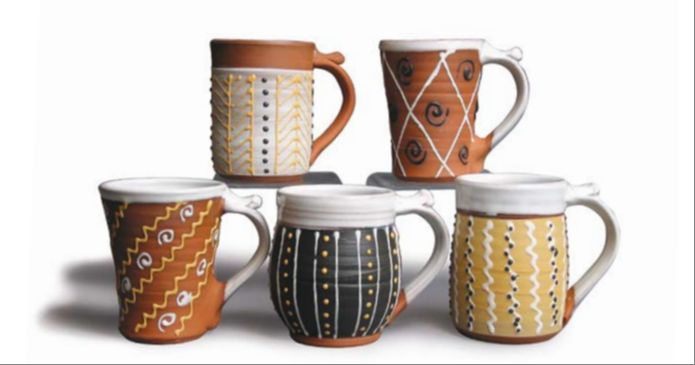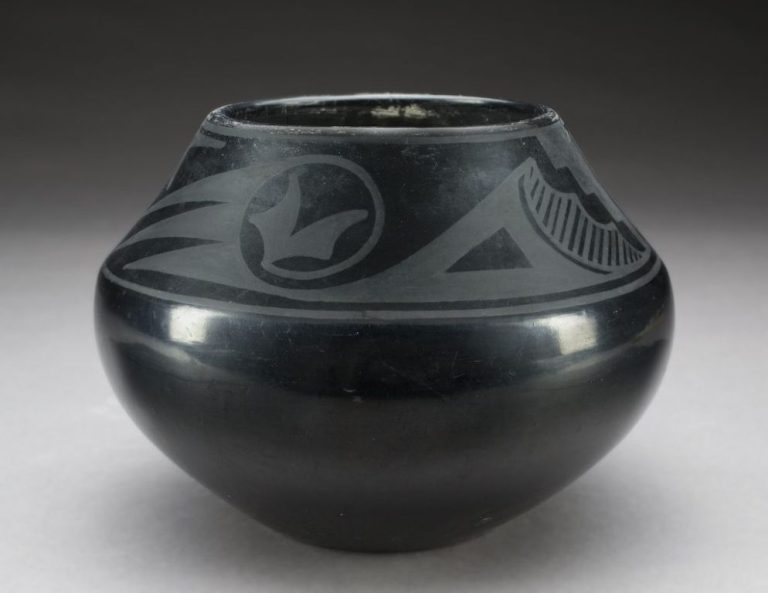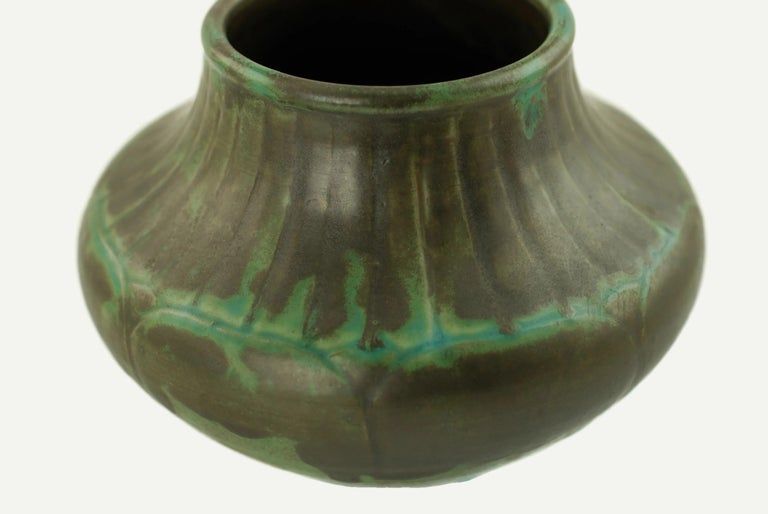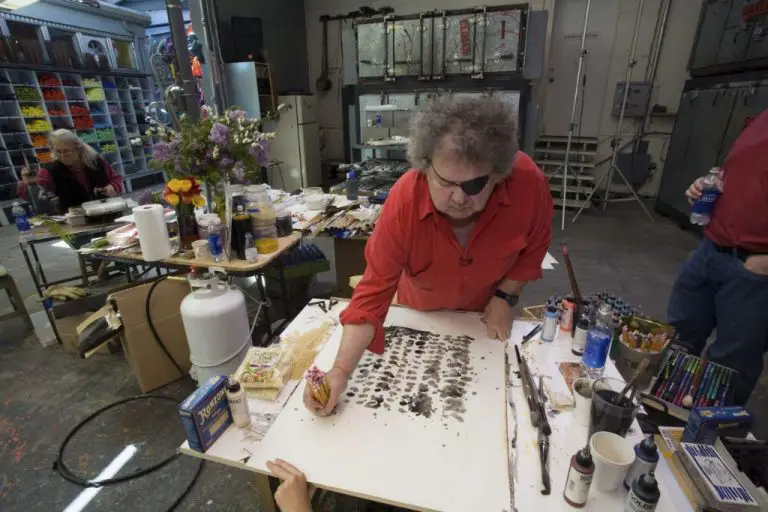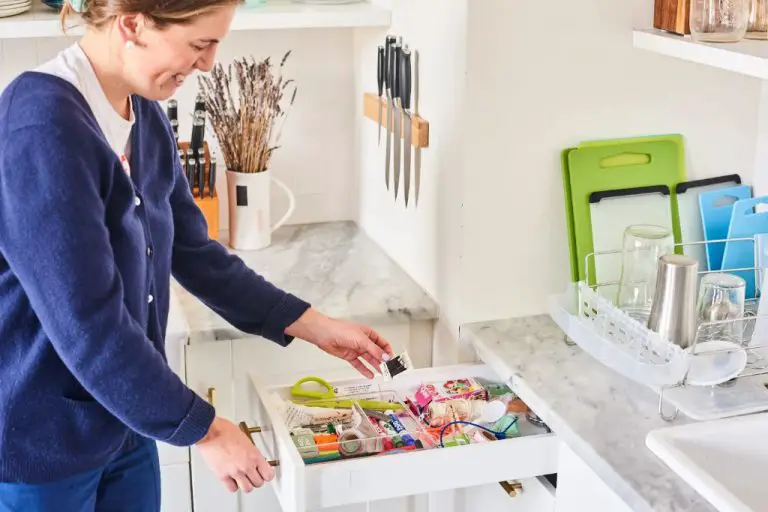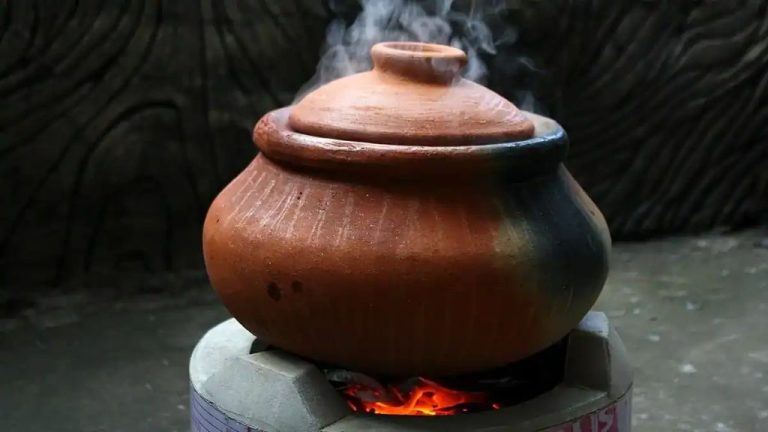Clay Artistry Beyond Boundaries: Ideas To Inspire
Clay artistry is an ancient artistic medium that has been used across cultures for thousands of years, yet it continues to evolve in exciting new directions. Archaeological discoveries have uncovered clay figurines, vessels, and sculptures dating back as early as 24,000 BCE during the Paleolithic era. The natural abundance and malleability of clay has made it a popular choice amongst artisans throughout history looking to craft both functional and decorative works.
While clay has an extensive history, contemporary clay artists are pushing the boundaries of what is possible with this elemental medium. New techniques, unconventional materials, and innovative technologies have opened up fresh creative horizons. Once limited to pottery and sculpture, clay now serves as a versatile material for installation, performance, digital, and multi-media art. The timeless practice of clay artistry persists today not through repetition, but by embracing change.
Sculptural Techniques
Clay sculptors employ a variety of techniques to shape and mold their artwork. Some of the most common sculptural techniques include:
Handbuilding
Handbuilding involves manipulating the clay directly with your hands and simple tools like ribs, loop tools, and paddles. Handbuilding techniques include pinch pots, coiling, slab construction, and adding appliqué or attachments. Handbuilding allows artists to work intuitively and achieve effects not possible on the wheel. It is ideal for creating organic, abstract, or asymmetrical forms [1].
Wheel Throwing
Wheel throwing involves using a pottery wheel to shape and form clay vessels and sculptures. The centrifugal force of the spinning wheel allows artists to center and raise the walls of pots in a symmetrical way. Wheel throwing requires practice to control the clay and achieve thin, even walls, but allows for consistency across multiples. Many sculptors combine wheel thrown components with handbuilt parts [2].
Slip Casting
Slip casting is the process of pouring liquid clay or slip into a plaster mold. As the slip contacts the plaster it forms a hollow clay shell against the mold surface, which can be removed when dry. Slip casting allows for precise duplication and is ideal for making multiples. Sculptors often make their own plaster molds from an original model for slip casting parts.
Mold Making
Sculptors make molds to reproduce identical clay forms efficiently. Plaster and silicone rubber molds can be used for slip casting, while press molds are used to compress clay slabs over the form. Two-piece and multi-piece molds are designed to open so the cast piece can be removed. Molds allow sculptors to replicate their work in editions.
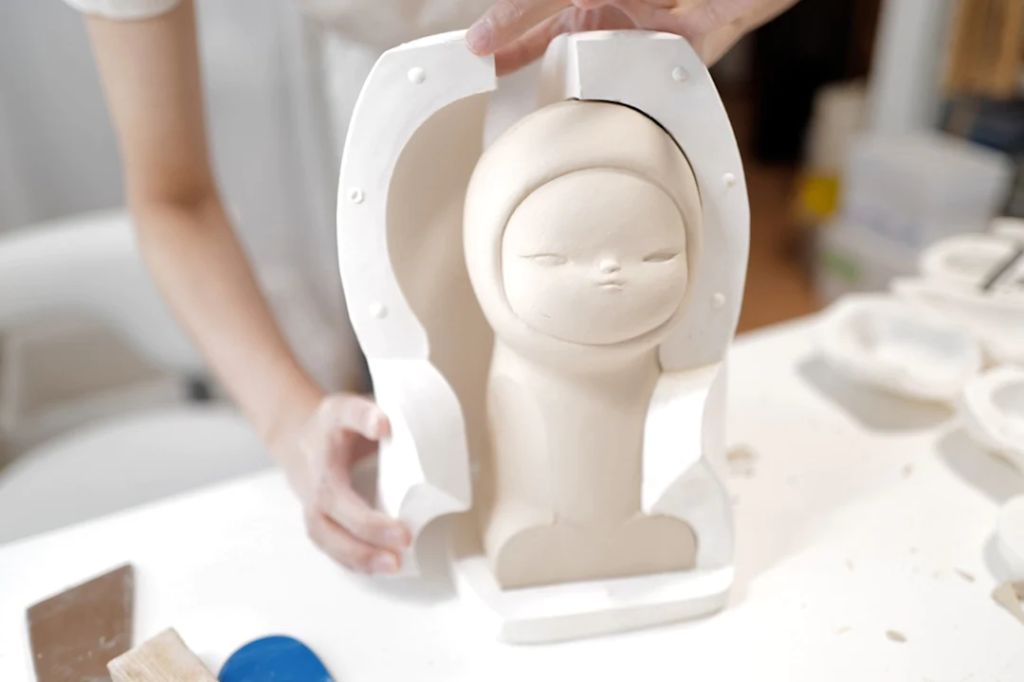
Functional Clay Ware
Functional clay ware encompasses pottery and sculptural objects that serve utilitarian purposes like storing, serving, or displaying. This includes dishes, mugs, vases, bowls, and containers. While functional ware has a practical use, clay artists can elevate simple objects into meaningful works of art.
Clay’s durability and ability to hold liquids makes it an ideal material for tableware and vessels. The unique properties of ceramics allow for beautiful glazes and decorative techniques. Handcrafted functional ware brings artistry and individuality to everyday experiences. For example, handmade ceramic mugs and teacups can make the ritual of drinking tea feel special.
Vases, bowls, and containers allow for stunning displays of flowers, fruit, trinkets, and more. Custom designs and finishes enable ceramic pieces to complement any aesthetic. Clay artists pushing the boundaries of functional ware create sculptural tributes to usefulness, like highly conceptual vessels.
While most functional ware serves practical needs, some sculptors make conceptual creations that comment on functionality itself. For example, a delicate, impossibly thin teacup could explore the fragility of existence. As functional ceramics also operate as sculpture, artists can imbue utilitarian objects with deeper metaphorical significance.
Clay’s humble nature as an accessible, everyday material makes it perfect for elegant, artistic tableware and household items. The limitless possibilities of glazes, textures, and firing methods mean no two handmade mugs or vases will be the same. Function need not preclude thoughtful craft and beauty.
For inspiration, see the vast range of one-of-a-kind functional ware for sale on sites like Etsy. From minimal, modern pitchers to elaborate ceramic centerpieces, clay artists continue to revolutionize utilitarian art.
Figurative Sculptures
Figurative sculptures capture the human form and figures from real life or imagination in clay. This requires keen observation skills and anatomical knowledge to accurately portray the curves and proportions of the body. Figurative sculptures come to life when the sculptor brings fluid, lifelike poses into the clay through gestural movements.
Many figurative sculptors find inspiration in the human body itself, rendering realistic representations of people engaged in everyday activities. The naturalistic Greek and Roman marble sculptures from antiquity, like Myron’s Discobolus, demonstrate the longstanding practice of observational figurative art.
Figurative sculptures also depict imagined creatures and fantastical forms. Mythological beings like mermaids, minotaurs, and unicorns allow artists to explore whimsy and fantasy. Animal sculptures are another common subject, capturing pets, livestock, or wildlife in clay.
Notable figurative clay artists include Jerome Abel, who sculpts detailed human forms emerging from raw, abstract shapes, and Patricia Gorman, who focuses on fluid, dynamic poses. No matter the subject, figurative clay sculptures showcase the universal human fascination with form, anatomy, and the mysteries of the imagination.
Abstract Sculptures
Abstract sculpture focuses on non-representational forms, emphasizing qualities like shape, texture, and color over realism. Rather than depicting identifiable objects or figures, abstract sculpture explores the nature of materials and formal elements. Artists may distort or rearrange forms, or eliminate recognizable imagery altogether. The emphasis is on experimenting with form, space, texture, and viewer interaction rather than achieving verisimilitude.
Some of the pioneers of abstract sculpture include Constantin Brancusi, Jean Arp, Barbara Hepworth, and Henry Moore. Their sculptural explorations abandoned traditional representation in favor of abstraction. Key principles they established include truth to materials, direct carving techniques, biomorphic forms, and interplay of positive and negative space. These ideas opened new creative possibilities for sculpture.
Contemporary abstract sculptors build on these concepts using innovative materials like plastics, resins, and industrial metals. They transform everyday objects into abstract compositions or construct complex installations and site-specific works. Methods like casting, welding, assemblage, and 3D printing allow endless experimentation. Interactive and kinetic works also emerge, engaging the viewer in new ways.
While less recognizable to a casual observer, abstract sculpture offers a versatility limited only by the artist’s imagination. It celebrates thefundamental elements of art itself. With its creative depth and lack of boundaries, abstract sculpture continues to evolve in exciting new directions.
(Sources: Etsy)
Installation Art
One exciting technique pushing the boundaries of clay art is large-scale installation artworks that transform entire spaces. Installation artists use clay to create interactive, immersive environments that viewers can walk through and engage with. Giant sculptural elements, multiple artworks linked by a theme, and site-specific designs tailored specifically for a location are some approaches. These ambitious installations reimagine the experience of engaging with art in a physical space.
Notable installation artists like Carson Wright and Liz B. Shepherd demonstrate how clay can be used in contemporary, boundary-pushing ways far beyond traditional sculpture. Their immersive worlds made from clay provide multisensory journeys for audiences. From sprawling mushroom forests to fantastical lands filled with thousands of handcrafted ceramic pieces, their work proves clay’s versatility for creating environments as well as objects. These artists showcase the medium’s potential for activating spaces in new, creative ways through installation artworks.
Alternative Materials
Clay artists are increasingly incorporating non-traditional materials into their work to push the boundaries of the medium. Borrowing techniques from mixed media and assemblage art, pieces can feature everything from fabric scraps to found metal objects. By integrating diverse components, artists are able to explore innovative concepts and forms beyond what clay alone can achieve.
One popular technique is to embed or affix materials like metal, glass or wood shards directly into the surface of a clay piece. The contrasting textures and appearance of combined materials can create sculptural depth and visual interest. Wire, mesh and other metals may be shaped into abstract designs or decorative accents. Some artists will even incorporate entire vintage items like clocks or tools into their clay sculptures as symbolic objects.
Fabric scraps and fibers can also be applied both for aesthetic enhancement and structural support. Burlap, lace, bric-a-brac and more add layers of meaning and whimsy. On a functional level, materials like fiberglass screening can be pressed into a clay slab for strength after firing. The inherent softness of fabric juxtaposed with the hardness of fired clay highlights intriguing tensions.
Found objects hold particular appeal, as incorporating castoff items amplifies themes of memory, loss and the passage of time. Puzzle pieces, typewriter keys, game tokens and more may be partially embedded in clay works as remnants of daily life. There is a sense of preserving and immortalizing forgotten trinkets within the ceramic medium. Used in moderation, found objects can inject works with nostalgia and hidden associations.
By welcoming diverse materials into their artistic process, clay artists push the limits of what is possible with the medium. From concept to execution, the blending of unexpected elements allows for greater freedom of expression and innovation beyond boundaries.
Technology Integration
Advances in technology are opening new creative possibilities for clay artists. One of the most significant innovations is 3D printing, which allows artists to create intricately detailed sculptures and pieces with complex geometries. With a 3D printer, a digital model can be printed directly in clay, enabling designs that would be extremely difficult to sculpt by hand. According to the Danville Art and Culture Commission, “Artists are also using 3D printers to create molds, allowing them to quickly produce many iterations of a sculptural idea.”1
Another important technology is CNC (computer numerical control) milling, which uses a computer-controlled cutting machine to carve shapes and designs out of clay. This gives sculptors precision and consistency when creating multiples or repetitive patterns. Some artists are also incorporating CNC milling directly into their creative process to make one-of-a-kind works.
Digital sculpting software like ZBrush allows artists to use virtual tools to model intricate organic forms on the computer. These digital sculptures can then be 3D printed or used to create molds. Combining digital and analog techniques results in exciting new hybrid artworks. As technology facilitates new creative approaches, many ceramic artists are embracing innovation while still upholding time-honored traditions of the medium.
Contemporary Trends
Contemporary ceramic art is pushing boundaries and exploring new styles, innovative techniques, and unusual applications. Some of the most exciting trends include:
Ceramic installations – Large-scale ceramic sculptures and wall installations are becoming increasingly popular. Artists like Clare Twomey create immersive environments with thousands of ceramic pieces.
Nature themes – Many ceramic artists are finding inspiration in nature, using plant and animal imagery in their designs. Botanical sculptures as well as works depicting birds, insects, and sea creatures are prevalent.
Minimalist abstraction – Simple, geometric shapes and minimalist styles are often seen in contemporary ceramic art. Artists like Peter Lane use abstract, non-representational forms.
Mixed media – Ceramics are being combined with other materials like wood, metal, and fiber in innovative ways. This adds visual interest and new textures.
Vessel alteration – Traditional vessels like vases and bowls are transformed through techniques like cutting, perforating, collapsing, and reconstructing their forms.
New technologies – Some ceramic artists are incorporating 3D printing, lasers, and digital processes into their work. This opens new possibilities for intricate details and precision.
Conclusion
Clay art has endured for millennia due to the material’s versatility and accessibility. From functional pottery to elaborate sculptures, clay provides artists with an adaptable medium for both practical and expressive purposes. Yet clay artistry continues to evolve through cultural interaction and technical innovations. While honoring age-old handbuilding and firing techniques, today’s ceramic artists incorporate new tools, materials, and concepts to create novel clay works that transcend boundaries.
Looking ahead, the future of clay art remains promising. As technology advances, artists devise new ways to manipulate clay digitally and physically. Global connectivity also fosters inspiration across cultures, communities, and eras. Although trends and techniques may change, the elemental nature of clay endures. For both professional ceramic artists and casual hobbyists, clay artwork offers a creative outlet that is simultaneously grounding and limitless. With an openness to experimentation and cross-pollination, the possibilities of what can be expressed through this humble medium remain boundless.

